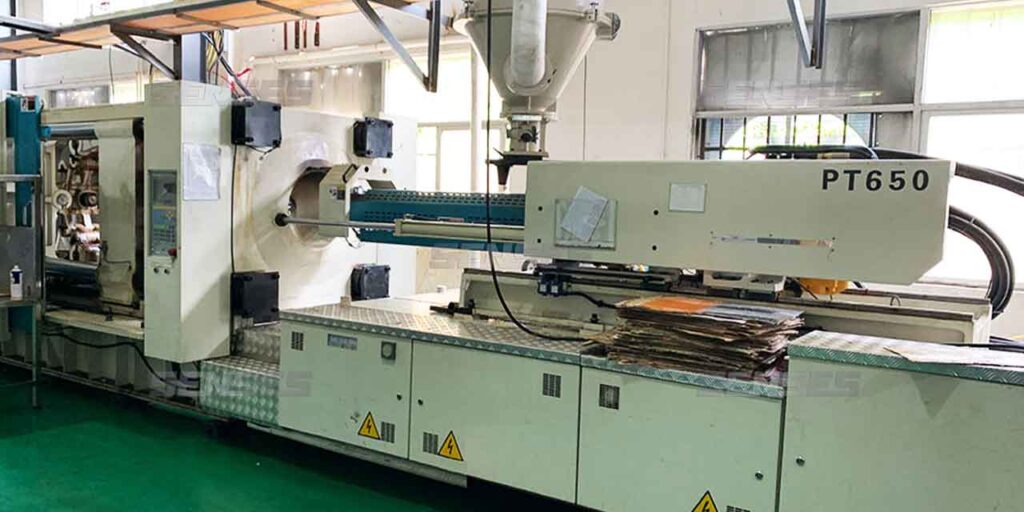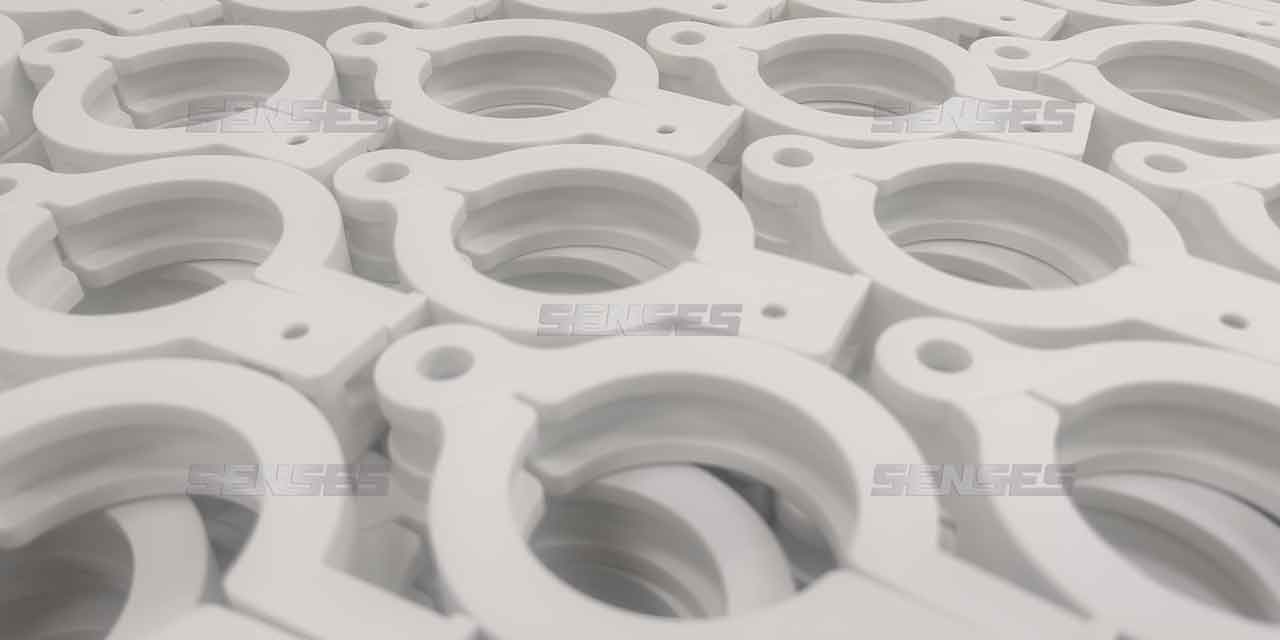Injection molded plastic is integral to everyday life, serving as the foundation for a vast array of products. Its significance lies in its ability to efficiently produce a diverse range of items, from household goods to industrial components, at a cost-effective scale. These products are not only durable and reliable but also customizable to meet specific needs and preferences. Moreover, injection molded plastic plays a vital role in ensuring safety and hygiene, particularly in applications such as food packaging and medical devices.
What is Plastic Injection Molding?
Injection molding is like making a fancy ice cube. Imagine pouring liquid water into a tray with specific shapes and sizes, then popping it into the freezer. When the water freezes, it takes the shape of the tray, and you get ice cubes in the exact form you wanted.
In injection molding, instead of water, we use melted plastic. First, we melt the plastic pellets until they turn into a gooey liquid. Then, we inject this molten plastic into a mold, which is like the ice cube tray but for plastic. The mold has the shape of the product we want to make, like a phone case or a toy.
Once the liquid plastic is injected into the mold, we cool it down quickly. This cooling process solidifies the plastic, just like how freezing turns water into ice. After the plastic is solid, we open the mold, and voila! We have a plastic product that’s the exact shape of the mold.
Injection molding is used to make all sorts of things, from bottle caps to car parts. It’s fast, efficient, and lets us make lots of identical items quickly and precisely.
Injection molding involves three essential components: molds, thermoplastics, and injection molding machines.

Molds: Molds are precision-crafted tools that define the shape, dimensions, and features of the final plastic product. They consist of two halves, the “cavity” and the “core,” which come together to create the desired form when closed. Molds are typically made from hardened steel or aluminum and are custom-designed to meet specific product requirements.

Thermoplastics: Thermoplastics are the raw materials used in injection molding. These materials are polymers that soften and become malleable when heated, allowing them to be shaped into the desired form. Thermoplastics come in the form of small pellets or granules and are available in a wide range of types and grades, each with its own unique properties.
Common thermoplastics used in injection molding include polyethylene, polypropylene, polystyrene, ABS, and nylon. These materials offer varying levels of strength, flexibility, heat resistance, and other characteristics, making them suitable for diverse applications.

Injection Molding Machines: Injection molding machines are specialized equipment used to melt thermoplastic pellets and inject the molten plastic into the mold cavity. These machines consist of several components, including a hopper to hold and feed the thermoplastic pellets, a heating unit to melt the pellets into a liquid state, an injection unit to inject the molten plastic into the mold, and a clamping unit to hold the mold in place during the injection process.
Injection molding machines vary in size, capacity, and complexity, ranging from small, manually operated machines to large, fully automated systems capable of high-volume production.
Cost-Effective Plastic Component Manufacturing with Injection Molding
significance of cost savings in manufacturing processes:
Cost savings are a crucial aspect of manufacturing processes, as they directly impact a company’s profitability and competitiveness in the market. By reducing production costs, companies can lower the prices of their products, making them more attractive to consumers while maintaining healthy profit margins.
Cost savings also enable businesses to invest in research and development, expand their operations, or allocate resources to other areas of the business. Ultimately, optimizing manufacturing costs is essential for sustainable growth and success in today’s competitive business environment.
injection molding as a cost-effective solution for producing plastic components:
Injection molding offers a cost-effective solution for producing high-quality plastic components. Its efficiency in material usage minimizes waste, contributing to overall cost savings. Additionally, the high production efficiency of injection molding machines results in lower labor costs and faster turnaround times. The design flexibility of injection molding allows for complex geometries without significant additional cost.
Economies of scale further reduce per-unit costs for high-volume production runs. Moreover, the minimal need for post-processing or secondary operations streamlines production, leading to additional cost savings.
Senses: Your Partner in Injection Molding Solutions
Senses is an ISO 9001:2015 certified plastic injection molding company, offering a comprehensive array of services including mold and part design, prototyping, small-batch production, and full-scale manufacturing. We serve a diverse range of industries, encompassing automotive, medical, and consumer electronics. Our focus is on ensuring each product we deliver meets the highest standards of quality and functionality.
For personalized solutions and expert consultation, reach out to us today at info@senseschina.com.





